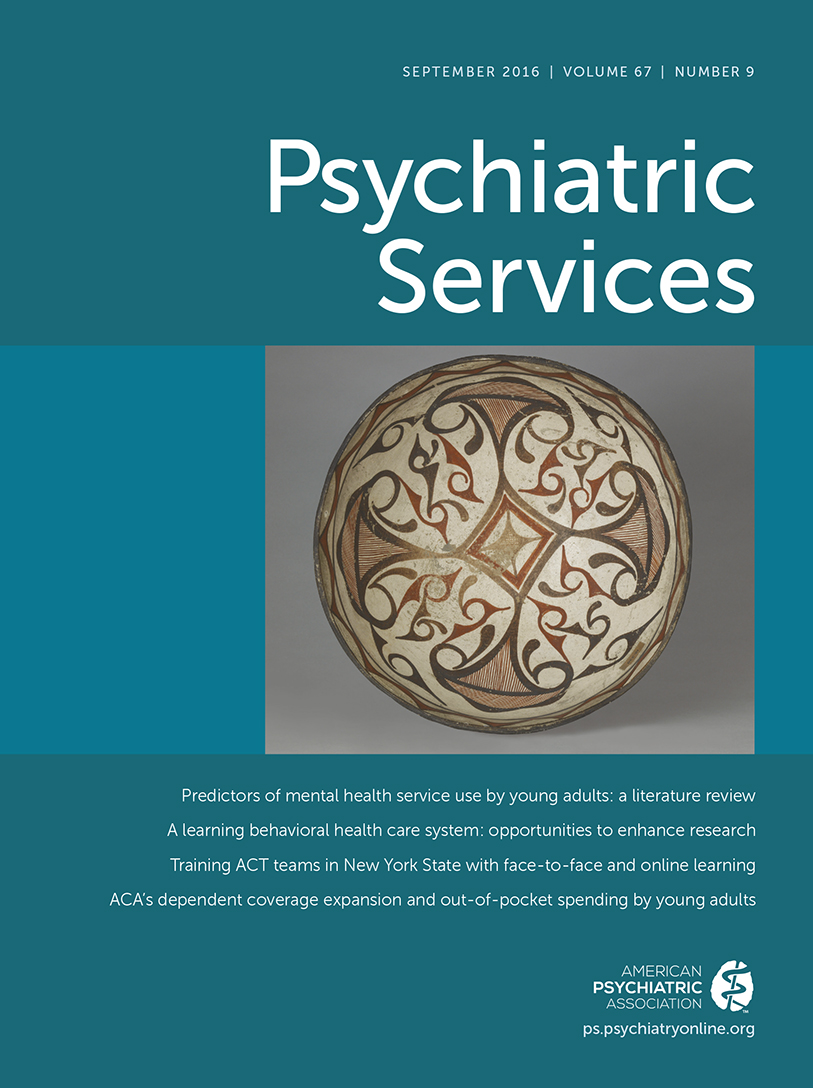Trends in Use and Cost of Second-Generation Antipsychotics Among Children and Teens in Indiana Medicaid, 2004–2012
Abstract
Objective:
To replicate and extend a study by the Agency for Healthcare Research and Quality (AHRQ) and Rutgers on antipsychotic use among youths in Medicaid, the authors analyzed Indiana Medicaid claims from 2004 to 2012, extending the earlier study by focusing on second-generation antipsychotics, including both fee-for-service (FFS) and non-FFS patients, and analyzing cost trends.
Methods:
The authors evaluated the impact of several Indiana Medicaid policy changes on medication utilization and cost among children enrolled for at least one month during 2004–2012 (N=683,716–793,637), using an exhaustive antipsychotic list to search the database.
Results:
Annual utilization rates for antipsychotics were 2%−3% but were much higher among foster children (10%−15%). Policies implemented in 2007 or later were associated with a significant plateauing of utilization in 2008–2012.
Conclusions:
Growth of second-generation antipsychotic utilization and costs was similar to trends described in the AHRQ-Rutgers study. Several containment strategies appeared effective in addressing these trends.



